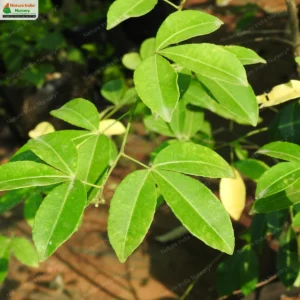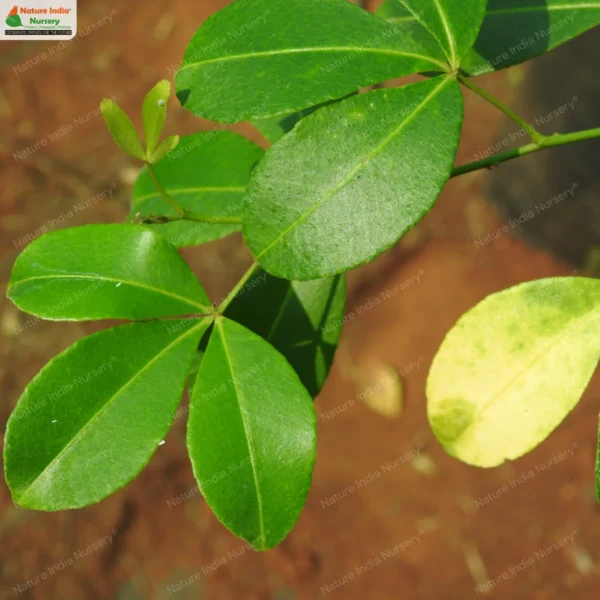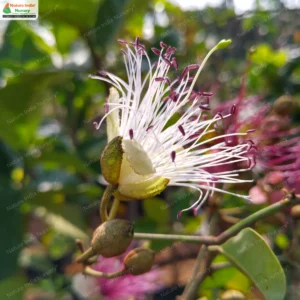Zanthoxylum asiaticum, commonly known as Asian Prickly Ash or Chinese Pepper, is a deciduous shrub or small tree native to parts of East Asia, including China, India, and Southeast Asia. This plant is known for its aromatic, pungent bark, leaves, and fruits, which are commonly used in traditional medicine and culinary practices. The small, yellowish-green flowers bloom in clusters and are often followed by spiky, dark brown or black fruits that resemble peppercorns.
The leaves of Zanthoxylum asiaticum are compound, consisting of several leaflets with a glossy texture. The plant has a thorny, spiny stem, giving it its characteristic “prickly” appearance. It is often found in forests, grasslands, and mountain slopes, growing in a variety of soil types, though it prefers well-drained, slightly acidic soil.
Habitat
This plant thrives in subtropical and tropical climates, preferring partial to full sunlight and well-drained, fertile soils. It is typically found in forest edges, scrublands, and hilly areas, where it grows naturally in a range of altitudes.
Planting and Care
-
Light: Prefers partial shade to full sun.
-
Soil: Thrives in well-drained, slightly acidic to neutral soil.
-
Watering: Regular watering is needed, especially during dry periods. The soil should be kept moist but not waterlogged.
-
Maintenance: Prune the plant regularly to remove dead or damaged branches and maintain its shape.
Additional Information
-
The bark and fruits of Zanthoxylum asiaticum are used in traditional medicine for their analgesic, anti-inflammatory, and digestive properties.
-
The plant is also valued in cooking, particularly in Chinese and other Asian cuisines, where its pepper-like seeds are used as a spice known as “Sichuan peppercorn.”
-
Zanthoxylum asiaticum can be propagated through seeds or cuttings.
Note: Be cautious of its spiny nature when handling or planting, as it can be quite prickly.









